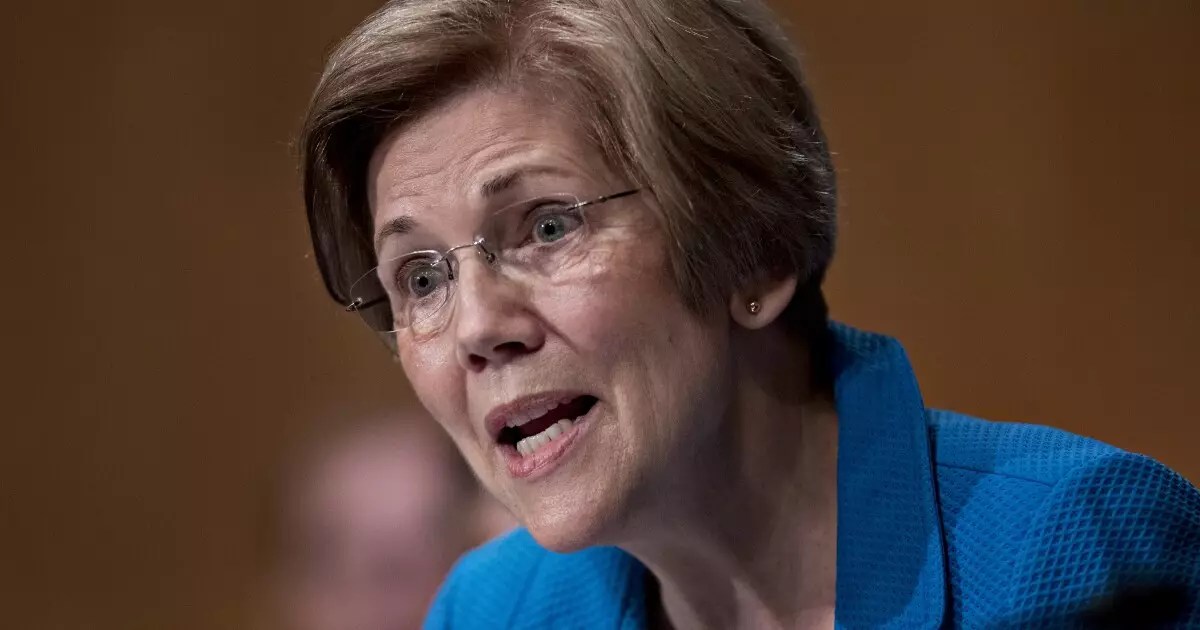The ongoing tug-of-war over transportation funding reflects a deep-seated tension within U.S. infrastructure policy. As we navigate through tightening budgets and a shifting political landscape, the future of public transit hangs in a precarious balance. The looming surface transportation bill reauthorization offers an opportunity but also raises serious concerns about the sustainability of transit funding. While Rep. Rick Larsen (D-Wash.) vows to guard transit allocations, the fundamental question persists: will this commitment be strong enough to combat the influential forces advocating for traditional road infrastructure?
The Highway Trust Fund, typically buoyed by fuel taxes, has been a cornerstone of transportation financing, allocating 20% of its revenues to public transit. With proposals to generate new revenue streams, like the suggested annual fees for electric and hybrid vehicles, the stakes have never been higher. The political atmosphere now feels charged; both major parties must engage in a collaborative effort to preserve transit funding amidst financial constraints. However, with the Republican focus more heavily placed on highways and less on public transport options, anxieties abound regarding potential reductions to transit budgets.
Divided Voices and the Quest for Bipartisanship
The alignment of voices in Congress reflects the mixed sentiments about transit’s role in American infrastructure. Sen. Elizabeth Warren (D-Mass.) passionately underscores the critical need to keep transit funding intact. Her appeal to Republicans and Democrats alike reveals a sense of urgency; the preservation of this revenue is more than a partisan issue—it touches upon the lifeblood of various communities that rely heavily on public transit. Nevertheless, the emphasis on flexibility in spending indicates a broader philosophical divide, with traditionalists clinging to their asphalt dreams while progressives push for a balanced approach encompassing a variety of transportation methods.
The political chess game is further compounded by the contrasting administrative ideologies from the Trump and Biden eras. Under Biden, infrastructure funding appeared to flourish; yet, as Trump’s influence re-emerges, we see a renewed focus on physical transportation projects surviving off the remains of previous budgetary commitments. This battle is not just about dollars but ideology—a philosophical clash about the essence of modern transportation freedom and equity.
The Safety Factor: An Emotional Battlefield
Recent comments from Department of Transportation Secretary Sean Duffy spotlight the intersection of safety and perception in the transit debate. While his assertion that transit is not a venue for homelessness or mental illness stirs strong reactions, it also underscores a critical point: public safety is paramount to gaining wider social acceptance for transit systems. The reality is that many individuals question the cleanliness and safety of public transport, which directly affects ridership.
Duffy’s remarks, albeit controversial, pivot the conversation towards immediate critical needs within transit systems. It’s essential to acknowledge that if public sentiment remains negative, advocacy for increased funding will face significant hurdles. Ensuring a secure and clean environment on public transport is not merely about aesthetics; it lays the groundwork for enticing individuals to use these services.
The Future: Bridging Right and Left
As we project into the future, the battle over transit funding will undeniably shape the political landscape. If Congress opts for a more extensive highway-centric approach, it risks disenfranchising urban populations that depend on effective and reliable public transportation. A potential bipartisan strategy will bridge generational divides, recognizing that investment in transit solutions is not only economically sound but also essential for sustainable urban development.
For advocates of center-right liberalism, the solution lies in promoting a system that empowers individual choice without alienating those who rely on public transport. By fostering a balanced infrastructure approach that marries road and transit funding, America can make significant strides towards a cohesive and functional transportation network. With ongoing negotiations on the horizon, it is imperative that stakeholders maintain open lines of communication. Only by understanding the diverse needs of both urban and suburban populations can effective transit solutions truly emerge and thrive.


Leave a Reply